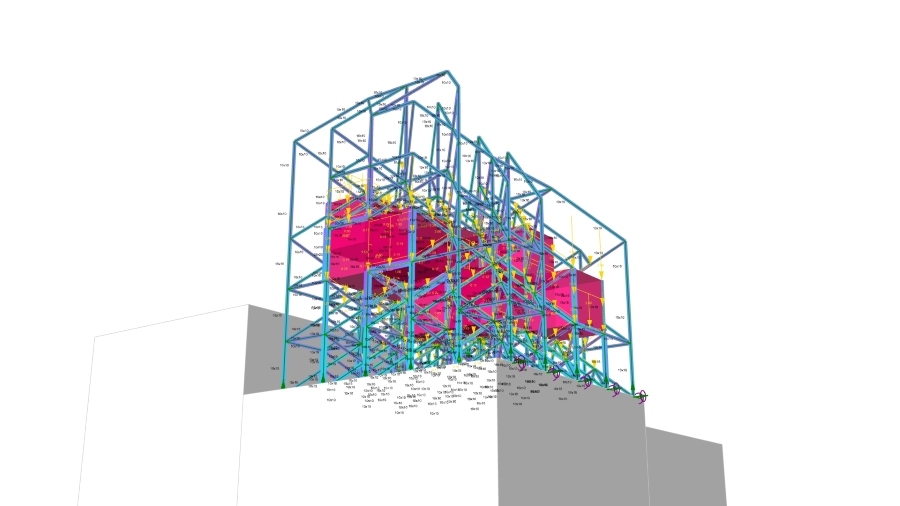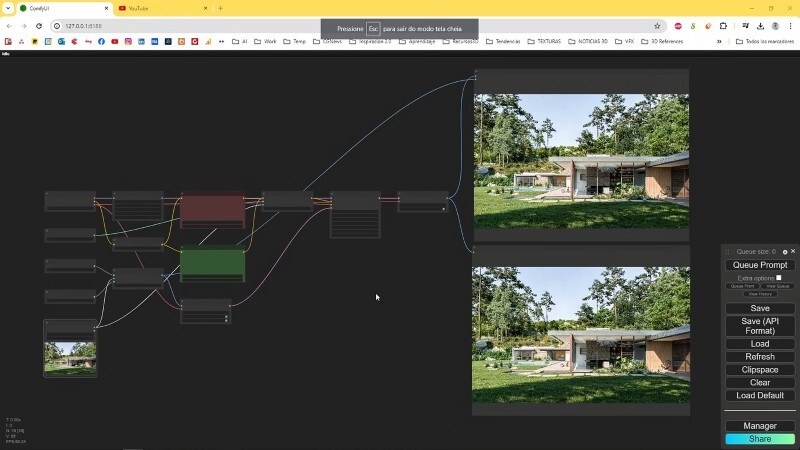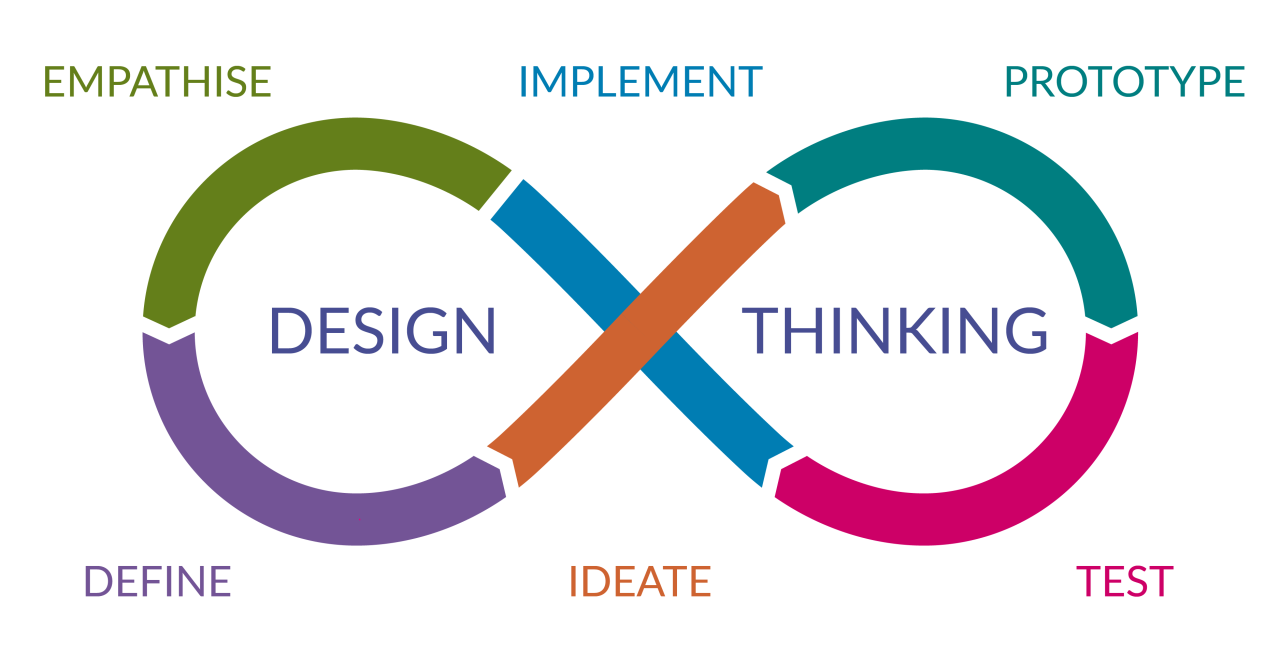
Architects today face growing complexity with tighter performance goals, sustainability, and adaptable forms. To manage this, many are embracing algorithmic thinking in architecture, a structured approach where design challenges are translated into logical code solutions. According to the International Energy Agency (IEA), electricity now makes up about 30% of building energy use globally.
By thinking algorithmically, architects can predict outcomes, automate repetitive tasks, and bridge creativity with technical precision. With computational design for architects, design becomes not only about form, but about rule-based systems that respond intelligently to context and constraints.
What Is Algorithmic Thinking in Architecture?
Algorithmic thinking is a mindset where architects frame design problems as sequences of logical steps. Rather than sketching freehand and adjusting by eye, the architect defines rules, relationships, and constraints that a computational engine will follow.
In practice, this means setting parameters for structure, light, space, or circulation, then letting the system generate multiple valid geometries. This method forces clarity of intent and streamlines the translation from idea to executable model, giving architects more control, consistency, and room to explore creativity within defined bounds.
Why Architects Need to Think Like Coders
To stay competitive and respond to modern demands, architects are increasingly required to merge design with logic. Thinking like a coder equips them to handle complexity with rigor.
- Automated workflows: By encoding repetitive steps, architects spend less time on routine chores.
- Better design choices: Design algorithms let architects test many options and pick the most effective one.
- Responsive models: Changing a parameter updates the entire design automatically.
- Tool integration: Logic links analysis, modeling, and output seamlessly.
- Scalable innovation: Once coded, logic can be reused across projects, evolving over time.
In a world increasingly shaped by digital technologies, understanding coding for architects is no longer optional; it’s an essential skill.
Breaking Down a Design Problem: Step by Step
In computational design, even the most complex brief can be simplified by dividing it into structured phases that guide the process.
From Intent → Logic → Algorithm → Geometry
- Intent: Define what you want to achieve (e.g., daylight optimization, efficient circulation).
- Logic: Translate intentions into conditional rules (e.g, “south facade windows shade when sun > 60°”).
- Algorithm: Translate this logic into coded rules using tools like Python for architects or visual workflows in Grasshopper.
- Geometry: The resulting spatial forms or layouts emerge from executing the algorithm.
This framework equips architects to move from conceptual aims to tested, parameter-driven outputs core to true algorithmic modeling.
3 Examples Where Architects Used Algorithmic Thinking
1. Facade Pattern Generation
Architects use Grasshopper algorithms to design responsive facades that adapt panel sizes, orientation, or density based on sun angle or thermal demands, dynamically balancing aesthetics and function.
2. Space Planning Automation
Through parametric design algorithms, designers generate layouts for offices, hospitals, or residences that automatically balance circulation, privacy, and access.
3. Daylight Optimization
In parametric architecture, daylighting strategies can be encoded as performance-driven rules. Algorithms adjust window size, material reflectivity, and spatial orientation to ensure consistent light levels across interiors.
These cases show how visual programming in architecture becomes a bridge between design intent and performance-driven systems.
Essential Tools to Practice Algorithmic Thinking
Algorithmic thinking thrives when architects use tools that transform logic into form. Key platforms include:
1. Grasshopper
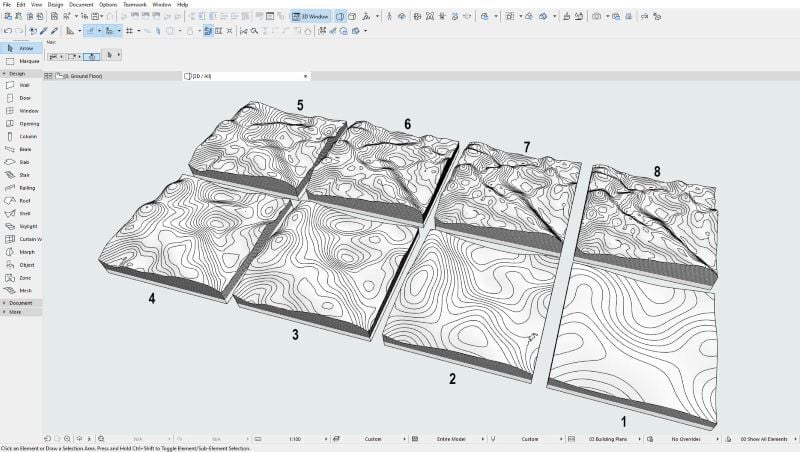
A node-based visual scripting tool inside Rhino, enabling immediate feedback loops between logic and geometry.
2. Python

A readable, versatile scripting language often used to write custom routines or automate complex workflows within design environments.
3. C#
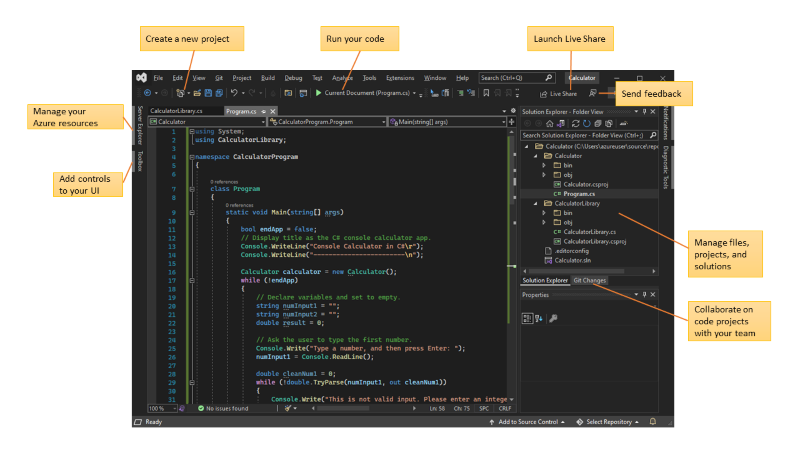
Used in lower-level development, C# allows the creation of efficient components or plugins that extend modeling platforms.
Also Read: C# Vs Python: Which is the best language for AEC
4. Visual Programming Environments
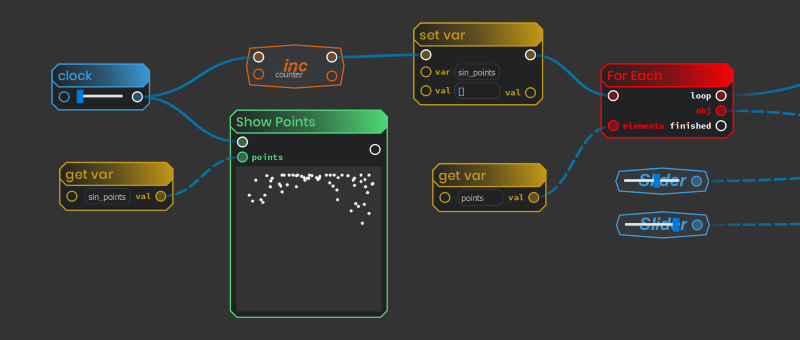
Tools like Dynamo, Node-based editors, or custom logic frameworks let architects build models without writing syntax-heavy code, ideal for blending logic and design supernaturally.
These tools form the backbone of algorithm design tools that architects rely upon to embed coded logic within design.
How Novatr Can Help?
As design evolves, structured training becomes essential to mastering algorithmic workflows. Novatr offers support through education that bridges architecture and computation. Transform how you design and think with Novatr’s Master in Computational Design, a hands-on program built to help architects and designers future-proof their careers. Through expert-led training, you’ll learn how to combine creativity with technology to solve complex design challenges.
In the program, you will:
- Master 5 industry tools – Grasshopper, Rhino 3D, Flux.ai, Comf yUI, and D5 Render
- Work with plugins like Paneling Tools, DeCoding Spaces, Anemone, Galapagos, Wallacei, LunchBox, Open Nest, and Horster Animation
- Build parametric and generative design workflows used by leading firms
- Automate redundant tasks, explore AI-enhanced creativity, and produce presentation-ready visuals
- Build a computational design portfolio grounded in practical project work
- Earn dual certification from Novatr and NSDC (National Skill Development Corporation)
Disclaimer - Course details, including curriculum, duration, fees, and related information, are for informational purposes only and may change at the company’s discretion without prior notice. Please visit the official course page or contact our admissions team for the latest updates.
Conclusion
Algorithmic thinking empowers architects to treat buildings as systems of logic rather than isolated forms. Whether used for facades, layouts, or environmental systems, computational design for architects bridges artistic ambition and technical precision.
To strengthen this mindset and apply it practically, upskill with the Master Computational Design course by Novatr, which helps architects bridge creativity and computation through real-world projects. Visit our resource page to explore how this course can help you refine your skills.
Was this content helpful to you



.jpg)
